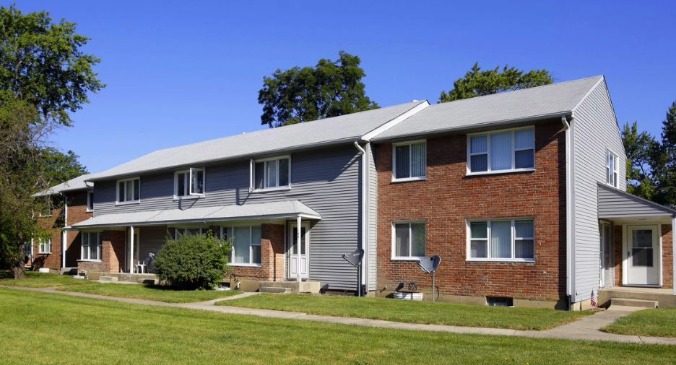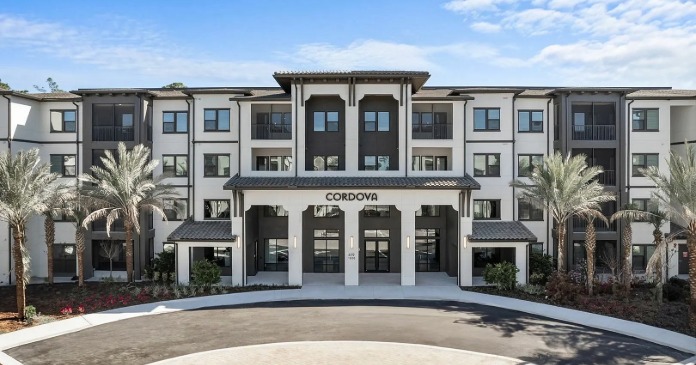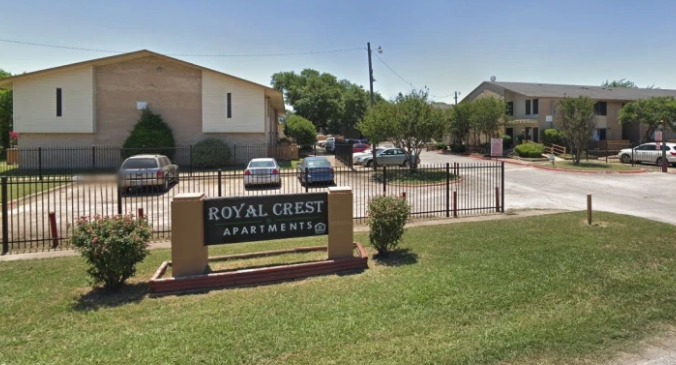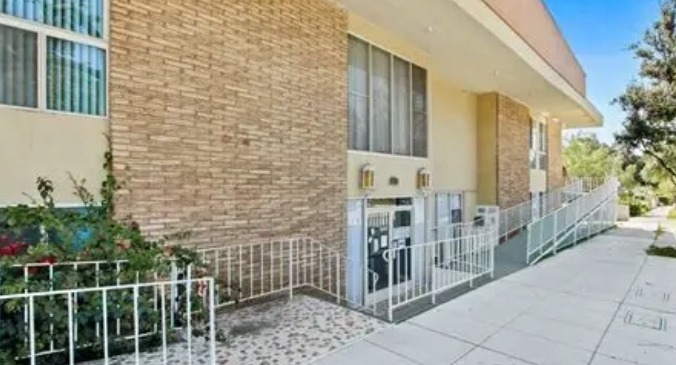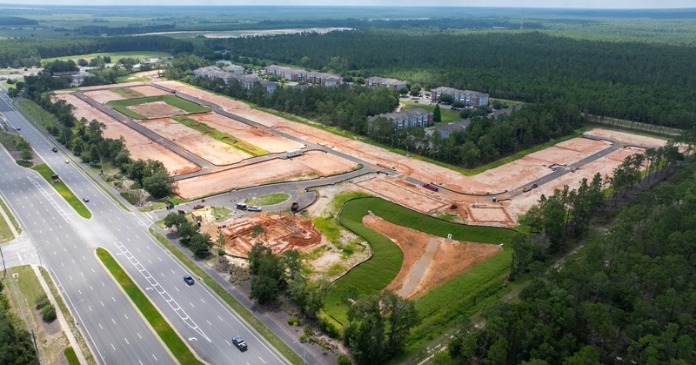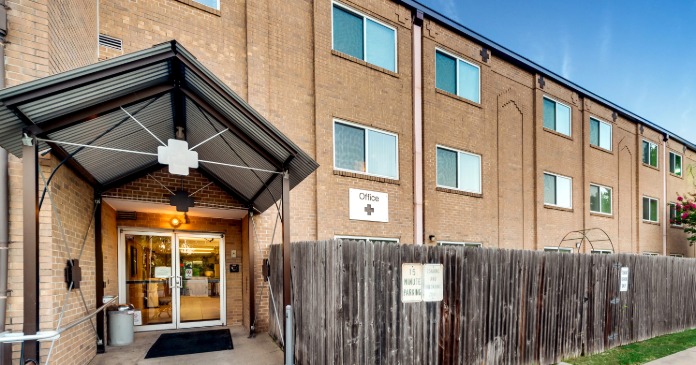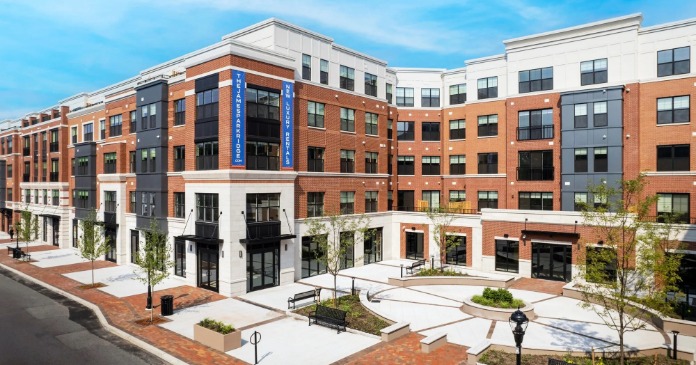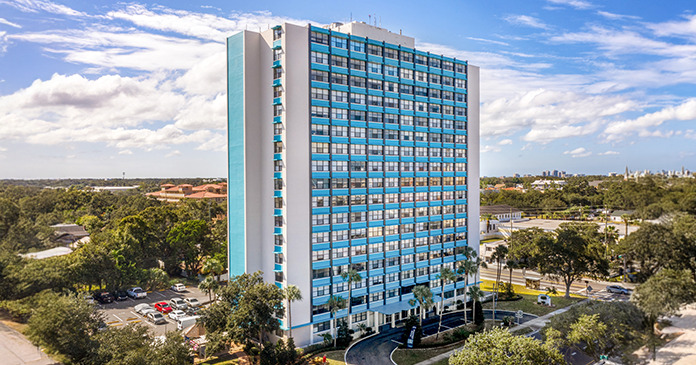The U.S. economy, while moderating, continues to show resilience and adaptability, especially in the apartment business. Consumer spending, productivity gains, and easing financial conditions all continue to support continued growth.
Multifamily, in particular, is a bright spot. Despite record new supply in recent years, demand for rental housing remains strong, as inventory is absorbed and vacancy rates remain steady.
In the year ahead national vacancy rates are expected to remain around 6.0 to 6.3 percent, even as new units come online. Effective rent growth, while modest compared to the pandemic-era surge, is still positive, with forecasts around 2.2 to 2.5 percent. Rent growth is supported by persistent wage gains and an ongoing preference for renting.
The outlook on apartment fundamentals only continues to improve. After a period of flat or even declining rents in some oversupplied markets—such as Austin, Raleigh, and Phoenix—the pace of new deliveries is expected to slow dramatically in 2025 and 2026, with some forecasts predicting a reduction in new units as high as 51 percent in 2025 and a cumulative drop of up to 62 percent over two years.
This slowdown in new supply will help markets absorb excess inventory and set the stage for stronger rent growth and improved occupancy. In fact, some analysts anticipate rent growth could accelerate to 7 percent in 2026 as new deliveries fall and household formations continue to rise.
At the local level, performance varies, but many markets—especially those with less new supply and those that underperformed during the pandemic—are expected to see stronger rent growth and occupancy gains in 2025. Meanwhile, the broader real estate market is entering a new cycle, with increased leasing and investment activity expected across most sectors. Institutional capital is returning to multifamily.
Demographic trends also favor apartments. Rental households are increasing at double the rate of owner-occupied homes, driven by both economic necessity and lifestyle preferences. Younger generations, especially, are choosing to rent for longer, valuing flexibility and access to amenities over homeownership. This shift is likely to create demand for apartments well into the future.
The U.S. economy is navigating a period of slower but steady growth, with the apartment sector emerging as a clear winner. Supported by strong demand, positive job growth, and favorable demographics, multifamily is set for continued growth in 2025 and beyond. As new supply slows and markets rebalance, investors and renters alike can look forward to a more stable, dynamic, and promising housing landscape.
It’s a good time to be in apartments. Steady seas are great opportunities to reevaluate process and infrastructure. AI, connectivity and smart buildings are just getting started. What better way to turn steady into stronger.








